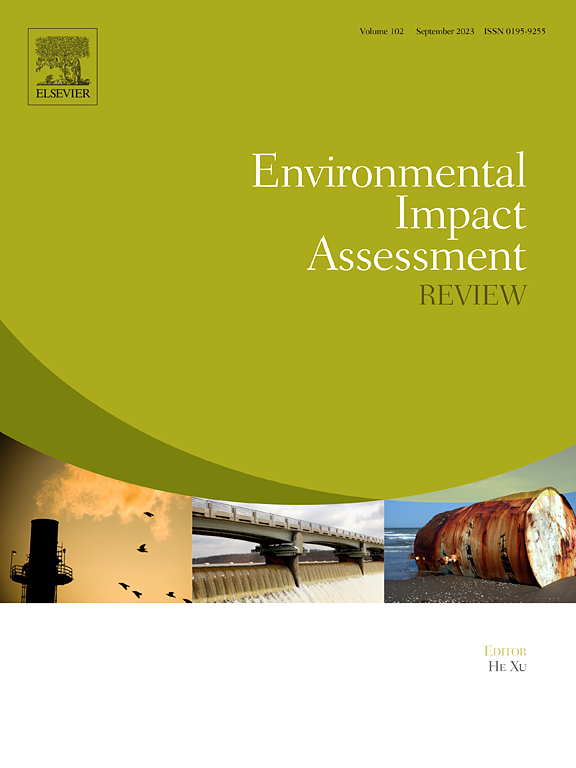Alternative binder systems: Cumulative assessment of environmental and functional parameters
IF 9.8
1区 社会学
Q1 ENVIRONMENTAL STUDIES
引用次数: 0
Abstract
The construction industry's impact on environmental policy represents a major challenge for upcoming decades with a particular focus on the reduction of Portland cement use. The use of alkali-activated materials (AAMs) is being accepted as a viable pathway for a sustainable future of the construction industry thanks to the utilization of various waste materials. This study critically compares the functional and environmental performance of alternative AAMs with an emphasis on different processing requirements. Specifically, the effects of ready-to-use precursors (waste brick powder-WBP, granulated blast furnace slag-GBFS, clay freshwater sediments (CFS) requiring calcination, energy-intensive alkaline activators, and biomass fly ash as a partial cement replacement are studied by Life cycle assessment analysis. The analysis reveals the differences in the form of saved emissions for all analyzed strength classes (20 MPa, 30 MPa, and 40 MPa). The cumulative environmental score is reduced by 26 % in the 20 MPa strength grade, and by 29 % for the 30 MPa and 40 MPa grades in comparison with AAMs based on CFS precursors and blended cement with BFA. The results indicate that AAMs cannot be deemed a universal solution in terms of reduced environmental impact, due to the use of alkaline activators. Based on sensitivity analysis, AAMs may provide a more favorable material than Portland cement or even blended cement, but when using precursors that are difficult to process and inappropriate mix design, they can pose a higher burden than conventional cement-based binders.
替代粘合剂系统:环境和功能参数的累积评估
建筑行业对环境政策的影响是未来几十年的主要挑战,特别是减少波特兰水泥的使用。由于对各种废物的利用,碱活化材料(AAMs)的使用正被认为是建筑业可持续未来的可行途径。本研究以不同的加工要求为重点,批判性地比较了替代aam的功能和环境性能。具体而言,通过生命周期评估分析,研究了即用型前驱体(废砖粉- wbp,粒状高炉渣- gbfs,需要煅烧的粘土淡水沉积物(CFS),高能耗碱性活化剂和生物质粉煤灰作为部分水泥替代品的影响。分析揭示了在所有分析强度等级(20mpa, 30mpa和40mpa)下节省的排放形式的差异。与基于CFS前体和掺BFA水泥的AAMs相比,20 MPa强度等级的累积环境得分降低了26%,30 MPa和40 MPa强度等级的累积环境得分降低了29%。结果表明,由于使用碱性活化剂,aam不能被认为是减少环境影响的通用解决方案。基于敏感性分析,aam可能比波特兰水泥甚至混合水泥提供更有利的材料,但当使用难以加工的前驱体和不适当的混合设计时,它们可能比传统的水泥基粘结剂造成更高的负担。
本文章由计算机程序翻译,如有差异,请以英文原文为准。
求助全文
约1分钟内获得全文
求助全文
来源期刊

Environmental Impact Assessment Review
ENVIRONMENTAL STUDIES-
CiteScore
12.60
自引率
10.10%
发文量
200
审稿时长
33 days
期刊介绍:
Environmental Impact Assessment Review is an interdisciplinary journal that serves a global audience of practitioners, policymakers, and academics involved in assessing the environmental impact of policies, projects, processes, and products. The journal focuses on innovative theory and practice in environmental impact assessment (EIA). Papers are expected to present innovative ideas, be topical, and coherent. The journal emphasizes concepts, methods, techniques, approaches, and systems related to EIA theory and practice.
 求助内容:
求助内容: 应助结果提醒方式:
应助结果提醒方式:


